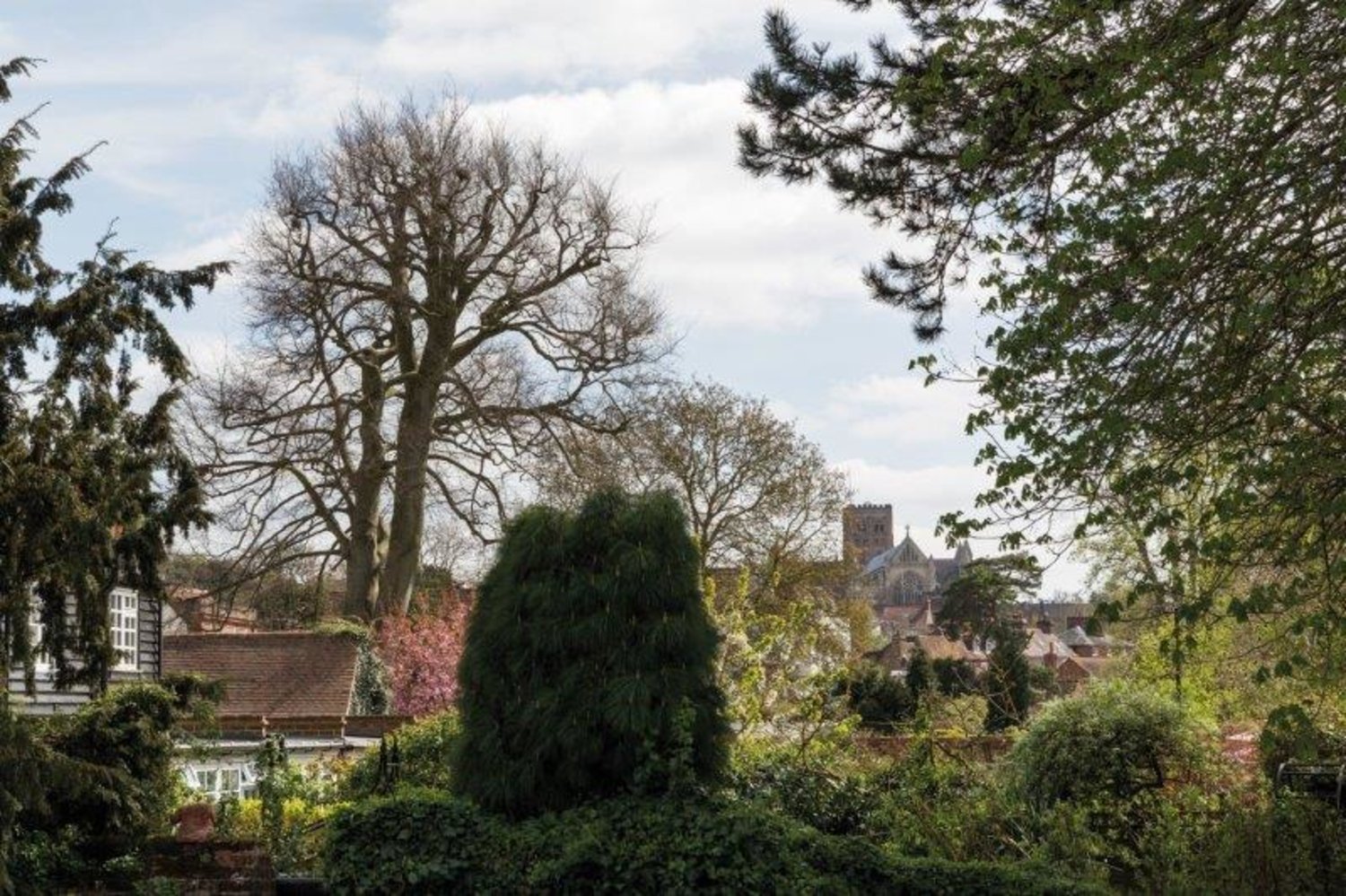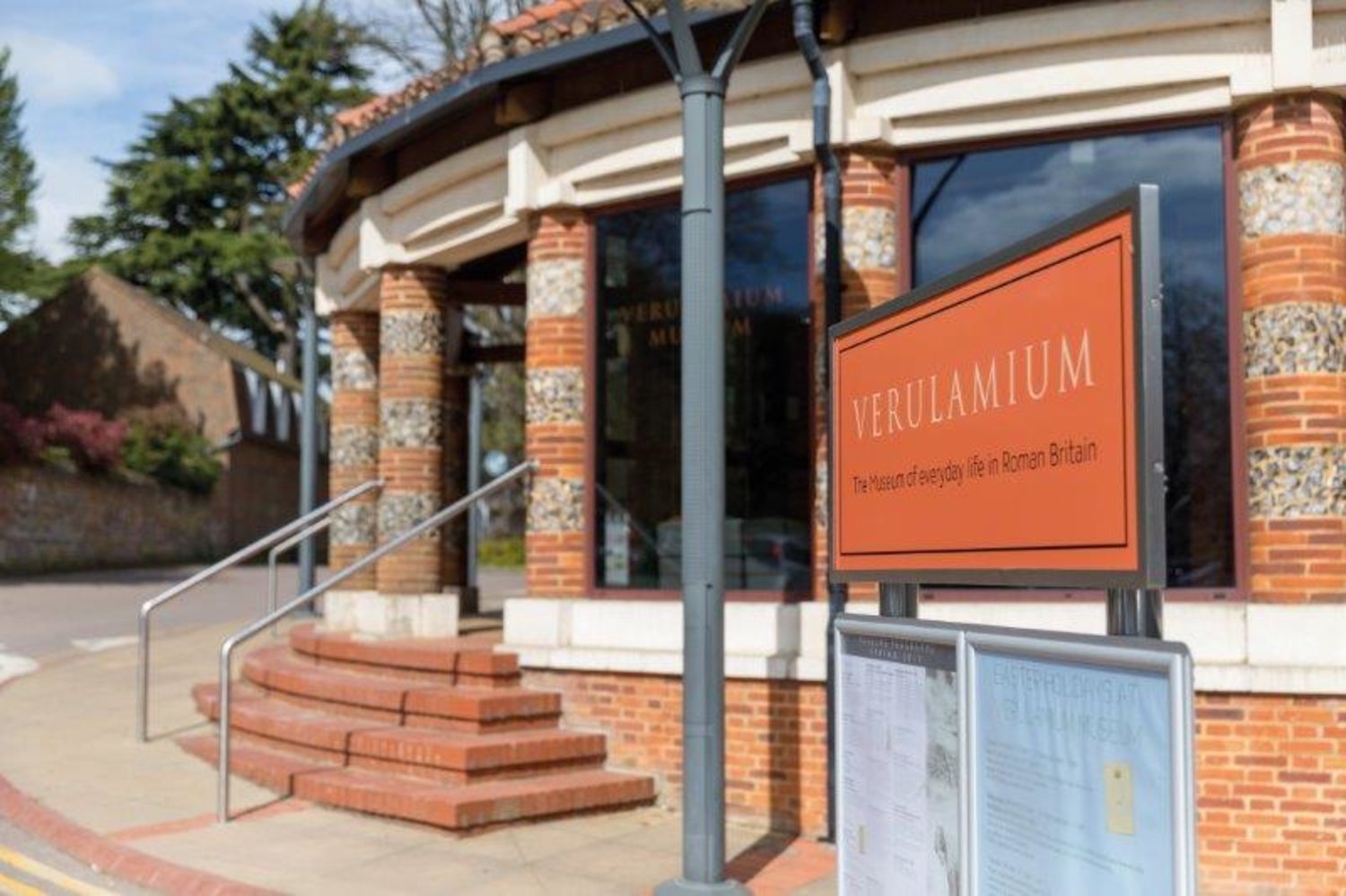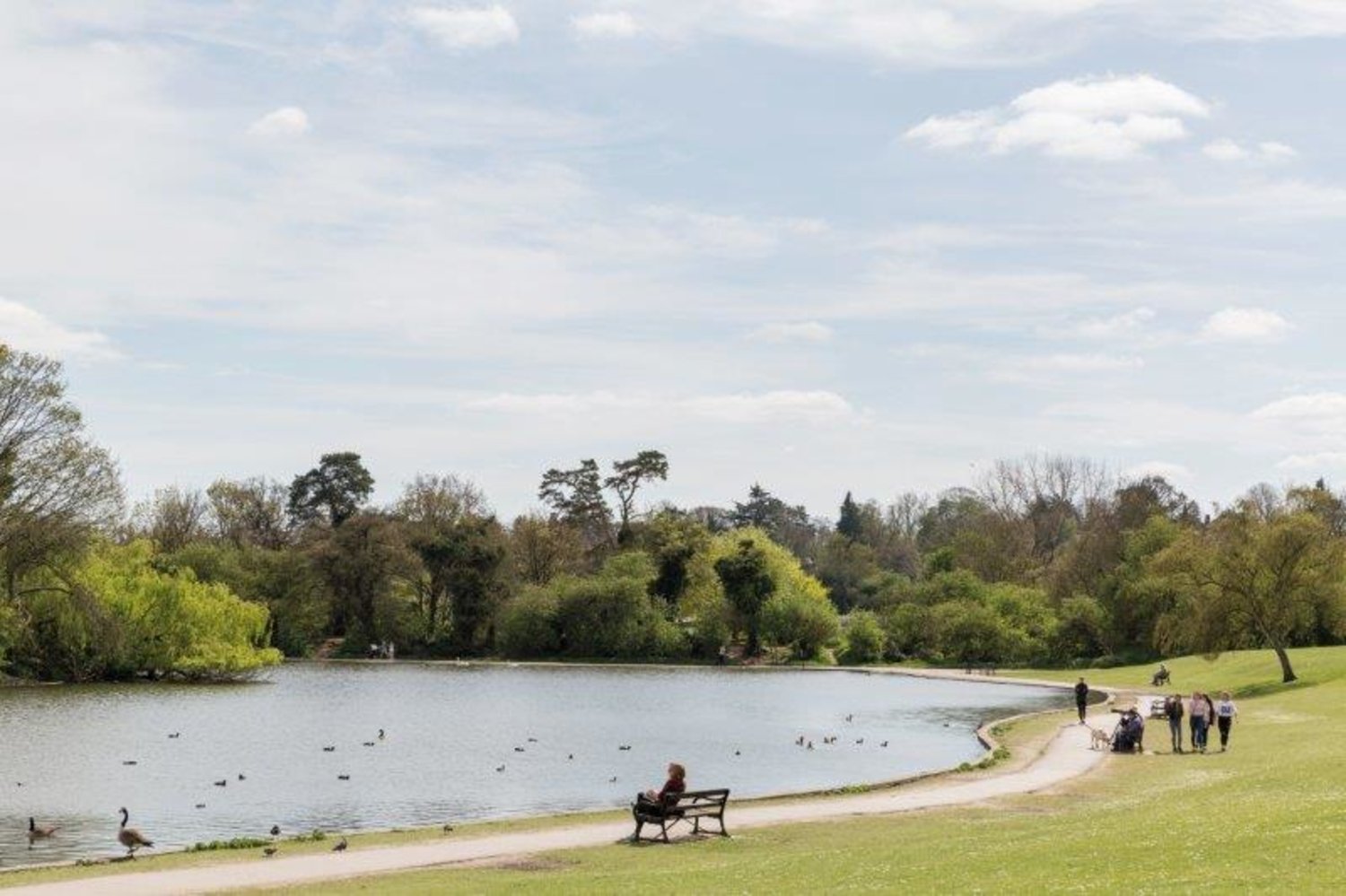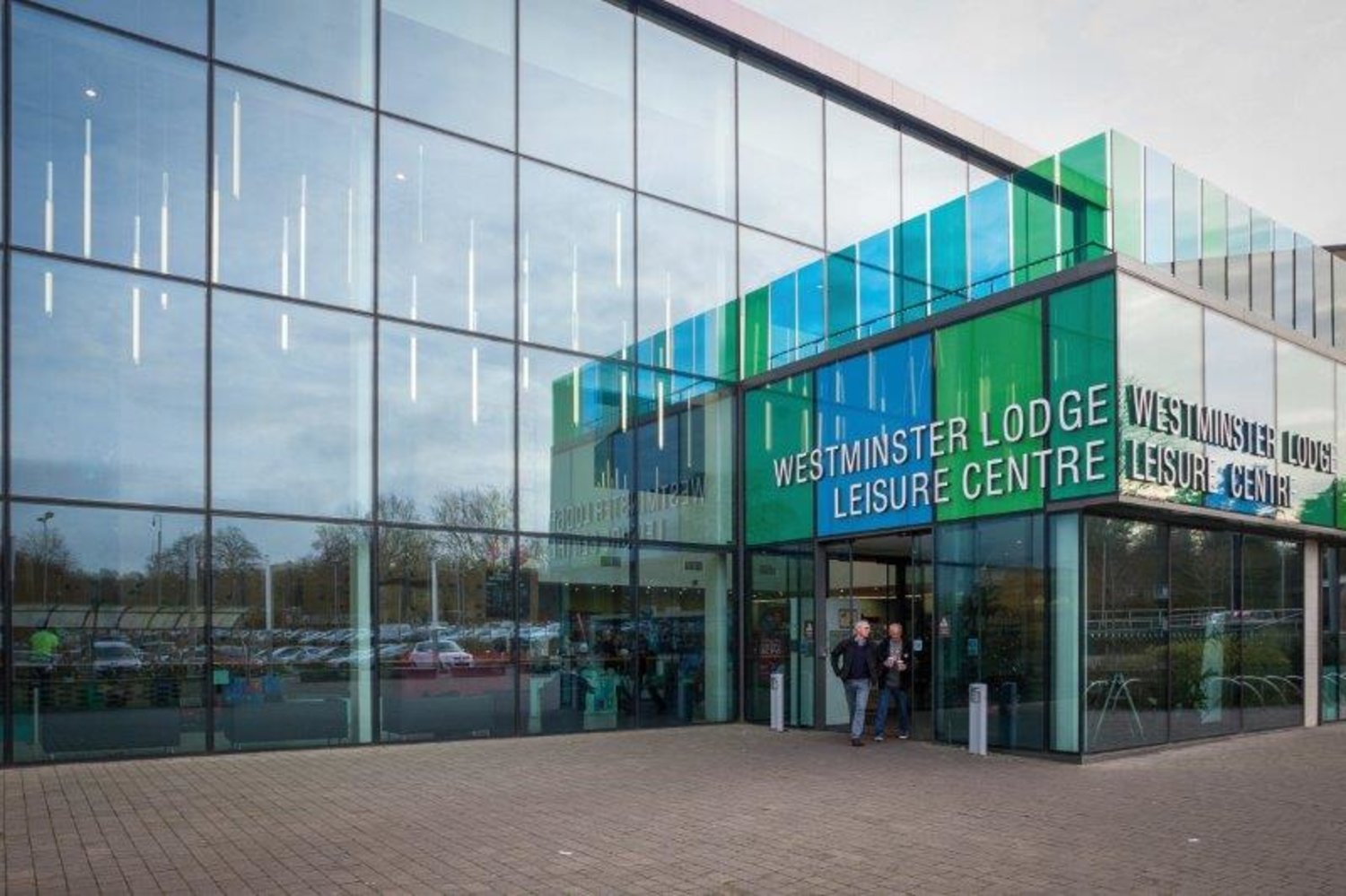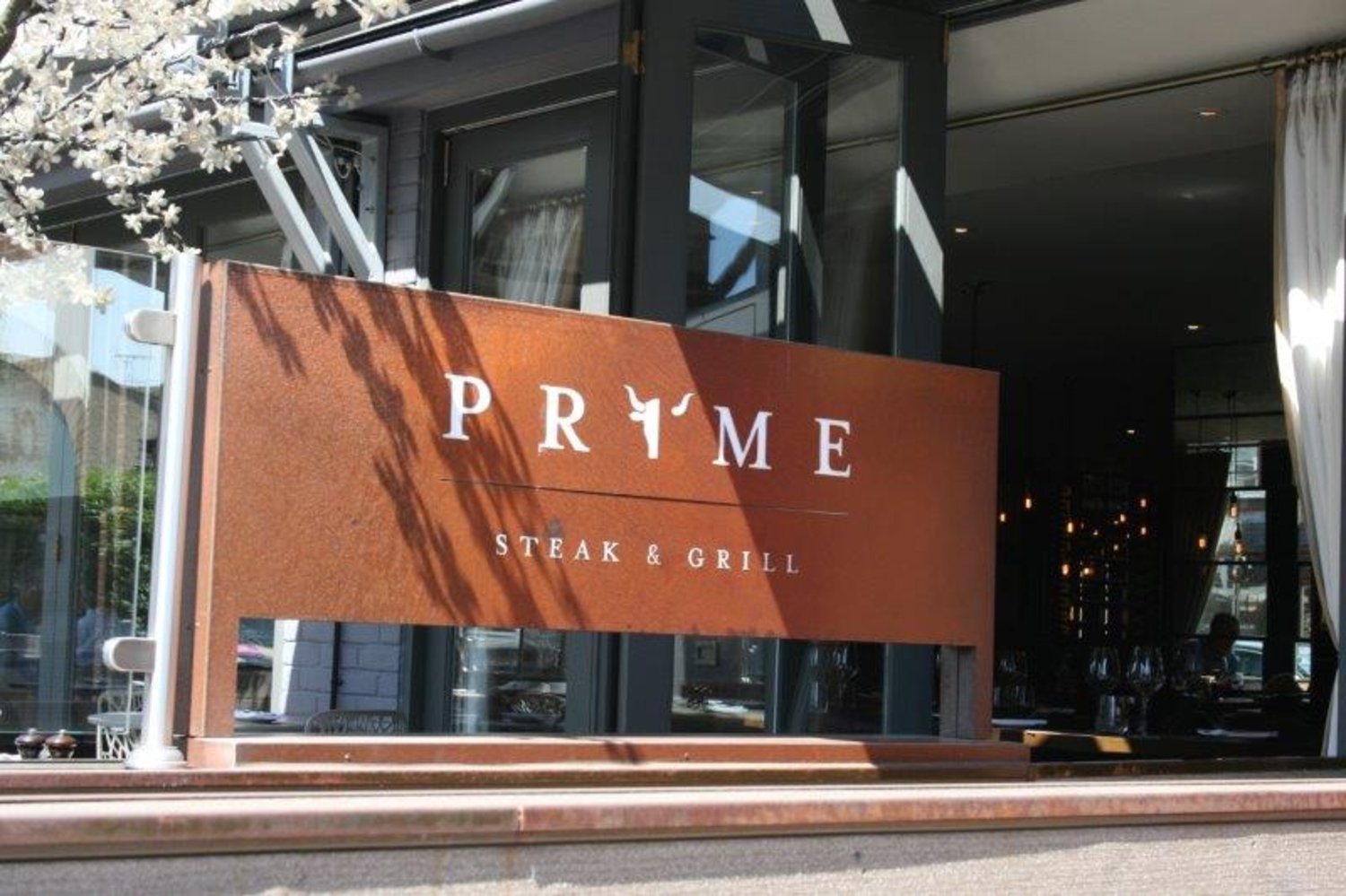Combining a rich history with a fast rail link into London, great schools and a thriving pub scene, it’s no wonder St Albans is so popular. We found out more about this Hertfordshire hotspot.
What makes it special?
While some locals complain that the city centre has essentially become one big coffee shop, others point out that St Albans has a lot more to offer than cappuccinos and chai lattes (while noting that most of the coffee shops are always heaving).
This grumbling is doing nothing to deter the London incomers, who see St Albans as the next logical step when their flat in the capital starts to feel poky and thoughts turn to schools and a bit of green space to call their own.
Homes in St Albans don't come cheap: according to Rightmove, the average sale price in the city last year was £563,877, and the highest-priced property changed hands for £3 million. But compared to the smarter areas of the capital, this is a relative bargain.
Is it easy to get around?
St Albans City station offers commuters a direct link into central London in around 20 minutes on the Bedford to Brighton line, while St Albans Abbey is a branch line between the city and Watford. Strong road links are also on offer, with the M1, A1(M) and M25 all a short drive away.
What about culture and heritage?
One thing St Albans certainly isn't short of is history - it dates back to around 20BC, and became one of the largest towns in Britain in AD43 following the Roman invasion.
It features in the Domesday Book (when it had a population of around 500), the first draft of the Magna Carta was drawn up in what was still a small settlement in 1215 and two battles in the War of the Roses were fought in the area, in 1455 and 1461.
The Cathedral and Abbey Church of St Alban is the oldest site of continuous Christian worship in Britain, and the heart of all things historic in the city. It was built over the burial site of St Alban, Britain's first Christian martyr, who died in AD304.
St Albans Abbey is said to have been founded in AD793 by King Offa of Mercia and the principal Abbey was used by the Benedictines. However, the Abbey was not made a cathedral until 1877.
What are the schools like?
Fantastic state schools are one of St Albans' main draws and there are plenty of popular primaries in the city centre. These include Maple ('outstanding'), Alban City, Aboyne Lodge and St Peter's (all 'good').
Sandringham and Beaumont, the highest performing co-ed secondaries ('outstanding'), are both on the outskirts of the city and out of reach to central St Albans residents. St Albans Girls' School ('outstanding') and Verulam School ('good'), a boys' school that accepts girls in sixth form, remain a possibility, however.
St Albans also has a clutch of popular independents: St Albans School, St Albans High School for Girls and St Columba's College.
Sports and Entertainment..
Westminster Lodge Leisure Centre has three pools, a gym and a spa, among other amenities, while Verulamium and Clarence parks are the city's biggest and best known green spaces.
There are also many sports clubs across St Albans, including Old Albanian RFC, St Albans Cricket Club and St Albans City FC.
St Albans has plenty of entertainment venues, from Abbey Theatre, with its diverse range of performances, to the Alban Arena, which hosts comics, live music acts and the annual panto, among others.
Various city centre pubs also host live bands, including The Horn and The Mermaid.
Then there's The Odyssey, an Art Deco cinema which offers a mix of classic and recently released films in a plush, theatre-like setting.
As well as the long-established Verulamium Museum there is the St Albans Museum + Gallery, which opened in 2018.
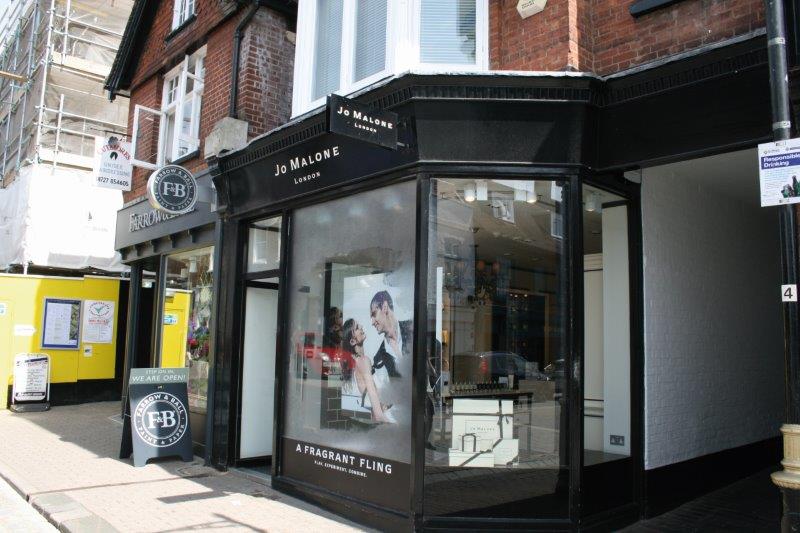
Eating and Drinking…
All culinary tastes are catered for in St Albans, from Turkish to Thai and Indian to Italian.
The drinks options are also endless, with The Waterend Barn, The Snug and Suckerpunch catering to a range of budgets.
There's also a variety of nightclubs in the city, including Club Veeda and Havana.
